HELP
PAGE
 Happy Fun Communication Land
Happy Fun Communication Land
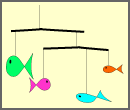
1. THE COMMUNICATION PROCESS
Communication is a process that serves to connect senders and receivers of messages in space and time. Although human beings tend to be interested primarily in the study of human communication, the process is present in all living things and, it can be argued, in all things. From this we may conclude that communication is a fundamental, universal process.
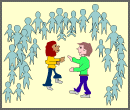
2. SELF
AND SOCIETY
Messages are formed in the mind of one individual and interpreted in the mind of another. Yet the formation and interpretation of messages are affected by the groups to which the individuals belong. Thus, a complete understanding of human communication must take into account both human psychology and human social interaction.
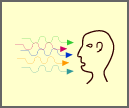
3. INFORMATION
To receive messages human beings must make use of their senses. However, the senses continually process large volumes of data, not all of which are the result of communication. It is the human ability to discern, recognize, and remember patterns in this constant flow of data that makes meaningful communication possible.
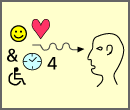
4. SIGNS AND LANGUAGE
Some patterns of data bring to mind memories of previous patterns. These "signs," as they are called, can be assembled into large, powerful patterns called "languages." Much (though certainly not all) of human communication is carried on through the use of language.
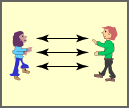
5. INTERACTION AND RELATIONSHIPS
In face-to-face situations human beings cannot avoid communicating with one another. This "interpersonal" communication, which involves processes such as "speech" and "body language," plays an important role in the formation, development, and dissolution of human relationships.
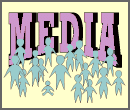
6. MASS COMMUNICATION
Approximately five hundred years ago a new form of
communication arose. This "mass" communication process, which makes use of permanent text that can be made
available to millions of people at the same time, has quickly become an important factor in the lives of many human beings.
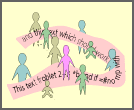
7. THE COMMUNICATION ENVIRONMENT
Human communication takes place within, and cannot be separated from, the complex social environments within which all communicators must live. Systems of belief, technological media, and the presence of cultural artifacts all affect the communication process and contribute to the development of the human social reality.